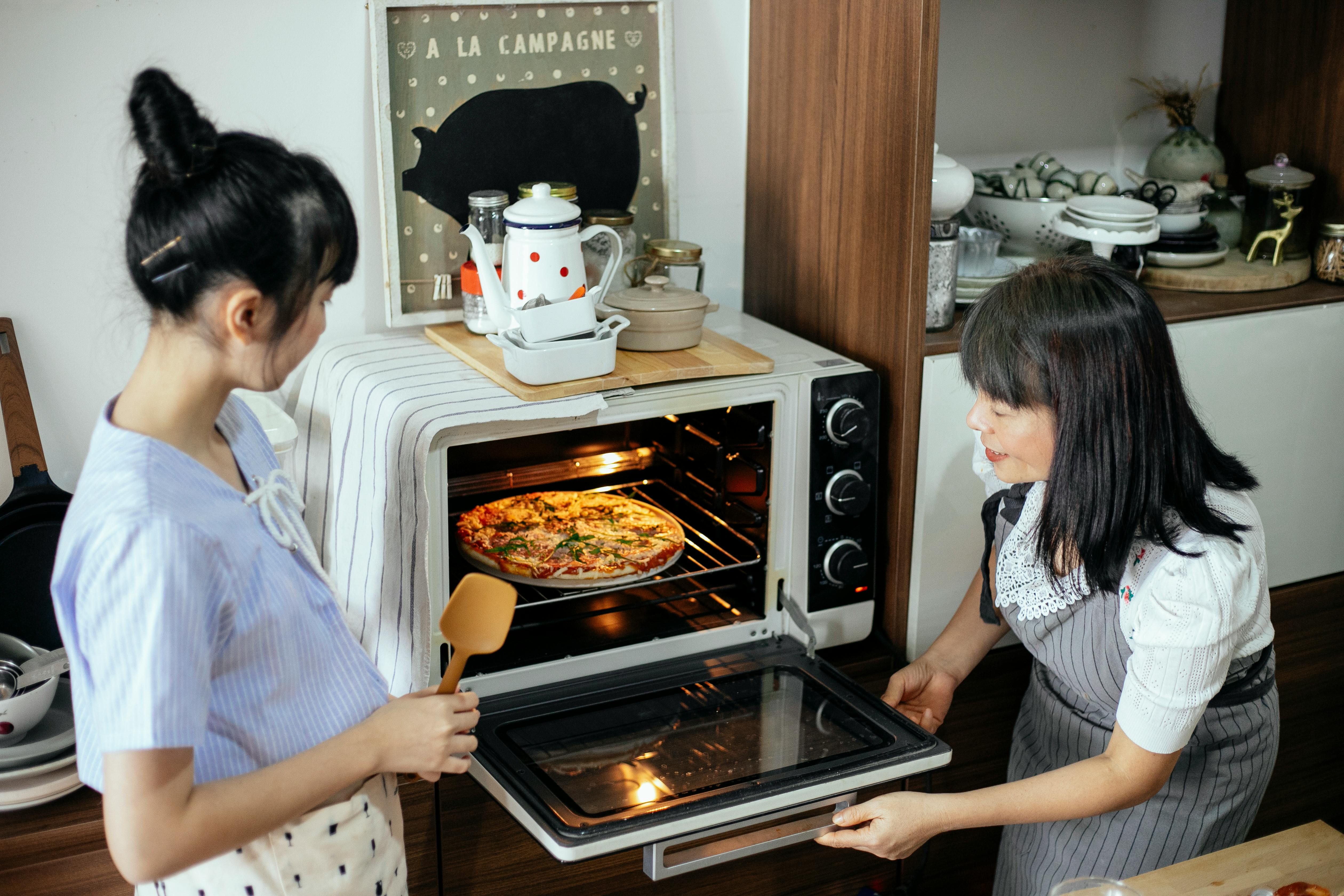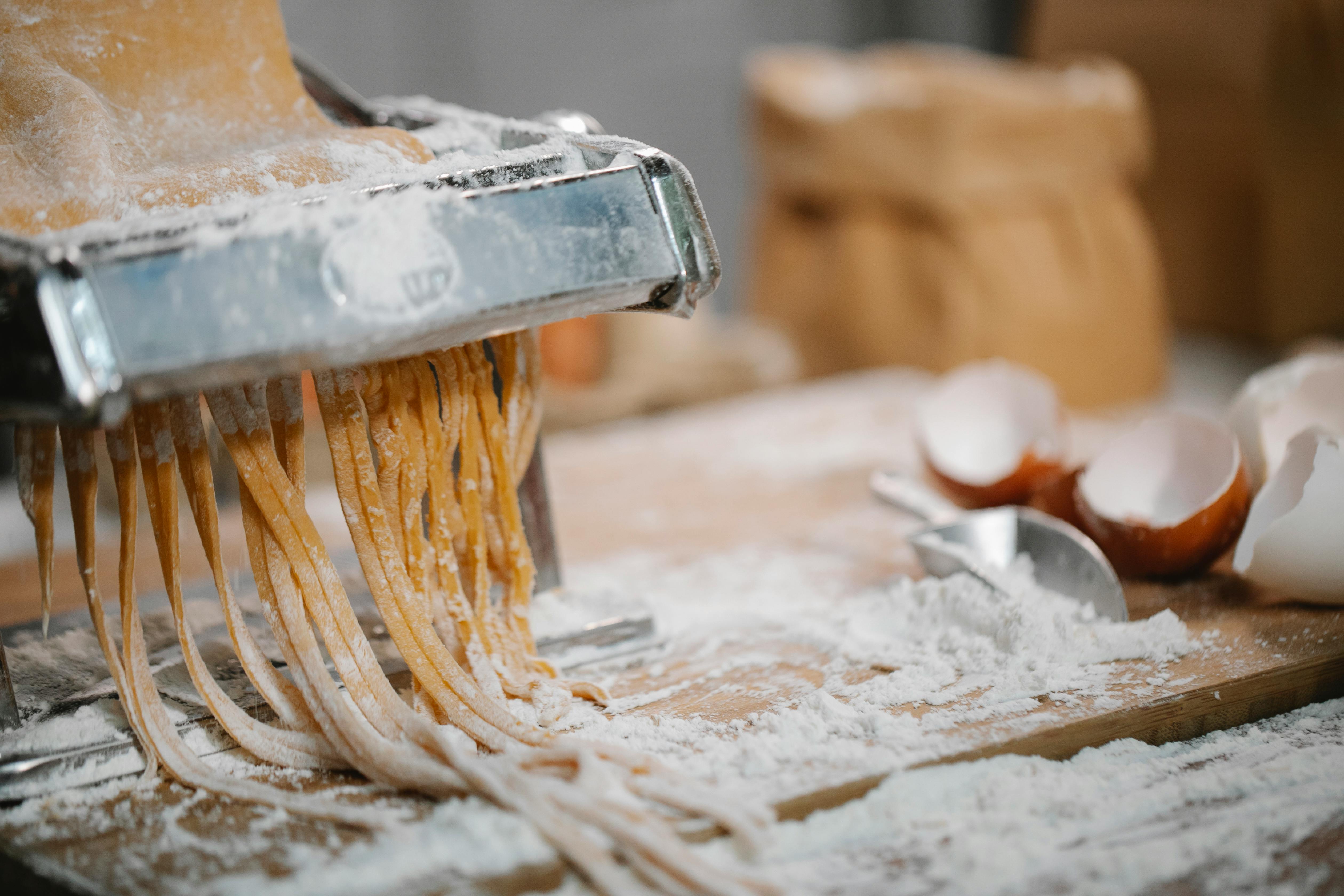When redesigning your home, kitchen wall tiles are a great option to give that room a stylish facelift. There are thousands of designs and colors to choose from. Squares are often four inches square and are available in various prices. Take your time choosing the right design that is attractive and practical.
There are a wide variety of tiles to select from when searching online. You will get a much better deal buying through an internet business rather than a physical store. For one thing, you can view options 24 hours a day without any salespeople approaching you.
Different types of kitchen wall tiles include glass flooring. These can be transparent or tinted and have an attractive glossy effect when installed. Bubble and frosted glass tiles lend a unique character towards the overall style. Another type, glazed ceramic tiles are made of clay that has a fired glaze that gives them a shiny appearance.
Different types of clay are used to make mosaics, and these are colored with a variety of colors so that the color spreads through the mosaic. If the tile is chipped, it is difficult to notice due to the constant color. Vinyl tiles are also offered for those on a tight budget, but great care must be taken with the installation so that they will not peel or leak.
It is not uncommon for novice installers to install tile in place of kitchen tile. Wall tiles are usually smoother than floor tiles and much more slippery when wet. Generally, floor tiles tend to be thicker to support foot traffic and home furnishings. Wall tiles are more fragile and thinner.
The Porcelain Enamel Institute (PEI) made a scale to reflect the strength and durability of a particular tile. Floor tiles typically have a PEI rating of 3 (residential flooring) to 5 (heavy industrial traffic). Wall pieces are rated 0-2. The PEI rating must be printed on the box, or you can contact the tile manufacturer to find out.
Installing kitchen wall pieces is not as difficult as it sounds. Start by patching the holes and cleaning the wall. If you are tiling, lay the tiles without mortar for a desired pattern. You can cut it with a wet saw to make sure it fits. When placed on the edge of the wall, the cut pieces are much less obvious.
Spread a thin layer of mortar on the wall with a notched trowel for the grooves. Place a tile on the wall and gently push it into the mortar. Place spacers between the tiles and make sure they are level. As soon as the mortar dries, remove the spacers and work the grout between the tiles. After 15 minutes, use water and a sponge to clean. Stand back and admire your work!




Recent Comments